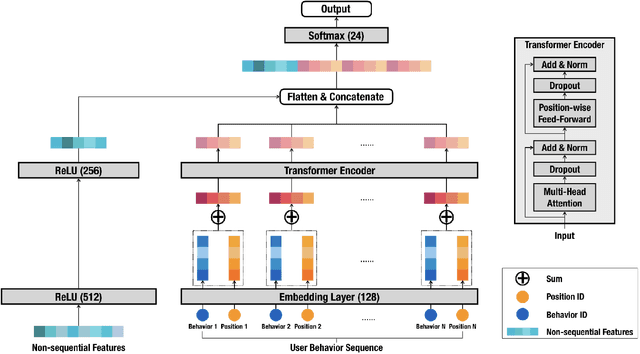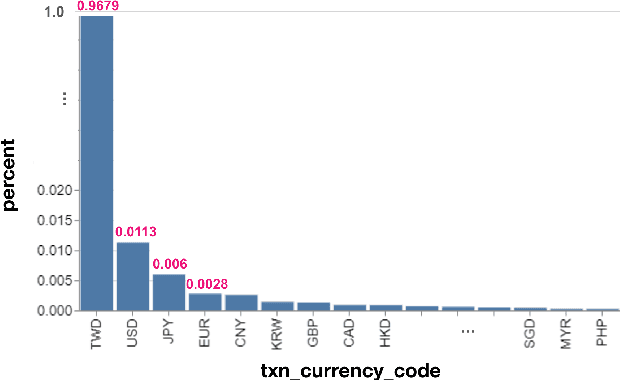Guan-Ying Chen
Res-VMamba: Fine-Grained Food Category Visual Classification Using Selective State Space Models with Deep Residual Learning
Feb 24, 2024Abstract:Food classification is the foundation for developing food vision tasks and plays a key role in the burgeoning field of computational nutrition. Due to the complexity of food requiring fine-grained classification, recent academic research mainly modifies Convolutional Neural Networks (CNNs) and/or Vision Transformers (ViTs) to perform food category classification. However, to learn fine-grained features, the CNN backbone needs additional structural design, whereas ViT, containing the self-attention module, has increased computational complexity. In recent months, a new Sequence State Space (S4) model, through a Selection mechanism and computation with a Scan (S6), colloquially termed Mamba, has demonstrated superior performance and computation efficiency compared to the Transformer architecture. The VMamba model, which incorporates the Mamba mechanism into image tasks (such as classification), currently establishes the state-of-the-art (SOTA) on the ImageNet dataset. In this research, we introduce an academically underestimated food dataset CNFOOD-241, and pioneer the integration of a residual learning framework within the VMamba model to concurrently harness both global and local state features inherent in the original VMamba architectural design. The research results show that VMamba surpasses current SOTA models in fine-grained and food classification. The proposed Res-VMamba further improves the classification accuracy to 79.54\% without pretrained weight. Our findings elucidate that our proposed methodology establishes a new benchmark for SOTA performance in food recognition on the CNFOOD-241 dataset. The code can be obtained on GitHub: https://github.com/ChiShengChen/ResVMamba.
ET-USB: Transformer-Based Sequential Behavior Modeling for Inbound Customer Service
Dec 27, 2019



Abstract:Deep learning models with attention mechanisms have achieved exceptional results for many tasks, including language tasks and recommendation systems. Whereas previous studies have emphasized allocation of phone agents, we focused on inbound call prediction for customer service. A common method of analyzing user history behaviors is to extract all types of aggregated feature over time, but that method may fail to detect users' behavioral sequences. Therefore, we created a new approach, ET-USB, that incorporates users' sequential and nonsequential features; we apply the powerful Transformer encoder, a self-attention network model, to capture the information underlying user behavior sequences. ET-USB is helpful in various business scenarios at Cathay Financial Holdings. We conducted experiments to test the proposed network structure's ability to process various dimensions of behavior data; the results suggest that ET-USB delivers results superior to those of delivered by other deep-learning models.
 Add to Chrome
Add to Chrome Add to Firefox
Add to Firefox Add to Edge
Add to Edge